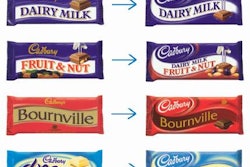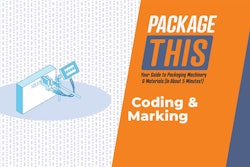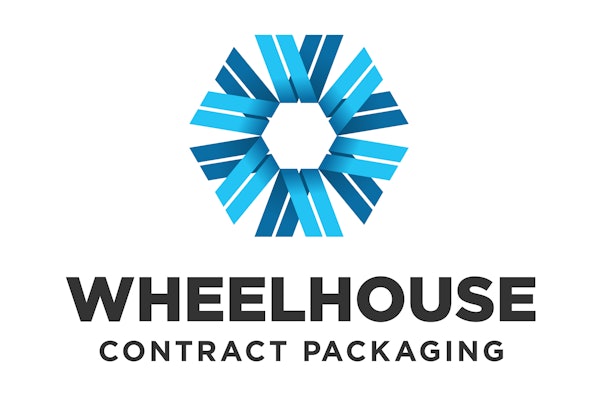If you’re a skeptic who thinks government just can’t do anything right, today I have a surprise for you: the story of a government program that has been efficient, fair, sensible, and an undeniable boon to the packaging business.
On the other hand, this story is about how the government has slated the program for complete elimination, so don’t give up that skepticism quite yet.
The effort to rescue the program has begun and there are early hopeful signs that at least some on Capitol Hill agree the program is worthwhile.
The President’s proposed budget for the U.S. Food and Drug Administration calls for cutting FDA’s popular Food Contact Notification program beginning in October when fiscal 2007 starts. The so-called FCN program for clearing new uses of packaging materials and other substances has been in place since 2000.
Annual funding of the program is necessary under the law for it to survive. When the agency was asked to re-prioritize its spending to emphasize safety issues, the FCN program’s roughly $6 million per year lost out. With all due respect to the need for enhanced safety and security, this program should not be a budget casualty.
The Food Packaging Industry Coalition, made up of affected industry groups and companies, has already begun lobbying the House and Senate members who will vote on the budget proposal later this year. In May, both the House and Senate are scheduled to “mark up” the administration’s proposed budget, and that’s the time they can add back programs like this one, as the coalition is trying to persuade them to do.
There is already some indication that Congress might be sympathetic to the packagers’ plight. The coalition reports that, at a February hearing about FDA’s budget held by the powerful House Appropriations Agriculture Subcommittee, the subcommittee chairman, Rep. Henry Bonilla (R-TX), said he thought the FCN program was working well. FDA acting commissioner Andrew C. von Eschenbach responded that he thought FDA could achieve the same results using other mechanisms, but Bonilla said he wasn’t so sure, and indicated he would follow up on the issue.
Fact is, it’s relatively easy to demonstrate that the FCN program has worked well for consumers, regulated industry, and the agency.
The FCN program’s elimination would result in delays and unpredictability for those seeking approval of new food contact materials, and likely would mean they wouldn’t seek the approval at all. In other words, just as the FCN is a boon to product R & D and new business development, its elimination would mean the end of that new business development.
The program has led to the clearance of more than 500 specific “food contact substances,” including components of plastic, paperboard, coatings, and other substances. It has allowed packaging makers and users to offer improved consumer product packaging for food, packaging that does things like maintain quality, taste, shelf life, and other qualities. Many newly cleared substances have meant new jobs and sales revenues for the companies that receive the clearances.
The program has worked well for the regulated industry, which has seen its new ideas given thorough FDA safety review and brought to market in a timely and fair manner. This is because the real core of the FCN program is the way its timing works: The law says a new FCN is “effective,” and the food contact substance can be used legally, 120 days (four months) after the company files it with FDA, unless FDA affirmatively objects that the substance’s use would not be safe or the information is not complete.
In other words, the law says four months after you file an FCN, Zap!, you’re legal, unless FDA speaks up with substantive objections first. Rather than wait for FDA to make a decision, the law says the decision will be made automatically just by the passage of time, and only explicit and timely FDA action can stop it.
Timing being everything, that relative certainty means companies can budget, plan, and project revenues, costs, and sales.They can even begin marketing efforts, because they know with some confidence when the government review will be done and they’ll have their new product to offer.
By putting the burden on FDA to speak up within a firm time frame, the law has reversed the traditional arrangement that applies to Food Additive Petitions. With that procedure, the petitioner files its information with FDA, and the law says it had to review the thing and issue its decision on it within 180 days (6 months). But as a practical matter, FDA didn’t have the resources to finish all those reviews in a timely manner, and many times, review of petitions took two years or even more.
And here’s the thing: What are you supposed to do if FDA misses its deadline with your petition? Call them twice a week? Sue them for a court order commanding they finish their review? Even if you could get it, that wouldn’t cheer them up especially. With the automatic effectiveness of the FCN’s 120-days, you never face that dilemma.
“If you agree that the loss of the FCN program would hurt your business, by all means let your Senators and Congress members know.”
The FCN program worked for FDA as well, since it was pleased to have the tools it needed—a sensible procedural law and sufficient funding—to provide the needed safety reviews of new substances in a timely manner. And FDA implemented the program in many sensible ways, setting up excellent methods for communicating with applicants during the review process, and even consulting with industry before filing to help work out issues in advance.
If the FCN program is ultimately eliminated, and FDA makes no additional arrangements, then packagers with new materials needing FDA clearance would be able to file Food Additive Petitions, as they had before the FCN program’s creation. But that means the uncertain timing of the review, not the certainty of the 120-day clock. It also means the resulting clearance would be a published FDA regulation, available for anyone to rely on, rather than an exclusive license to the submitting company as with FCN clearances.
If you agree that the loss of the FCN program would hurt your business, by all means let your Senators and Congress members know. It would be a shame for a government program of such good sense and efficiency to disappear.
Eric can be reached at [email protected]





















